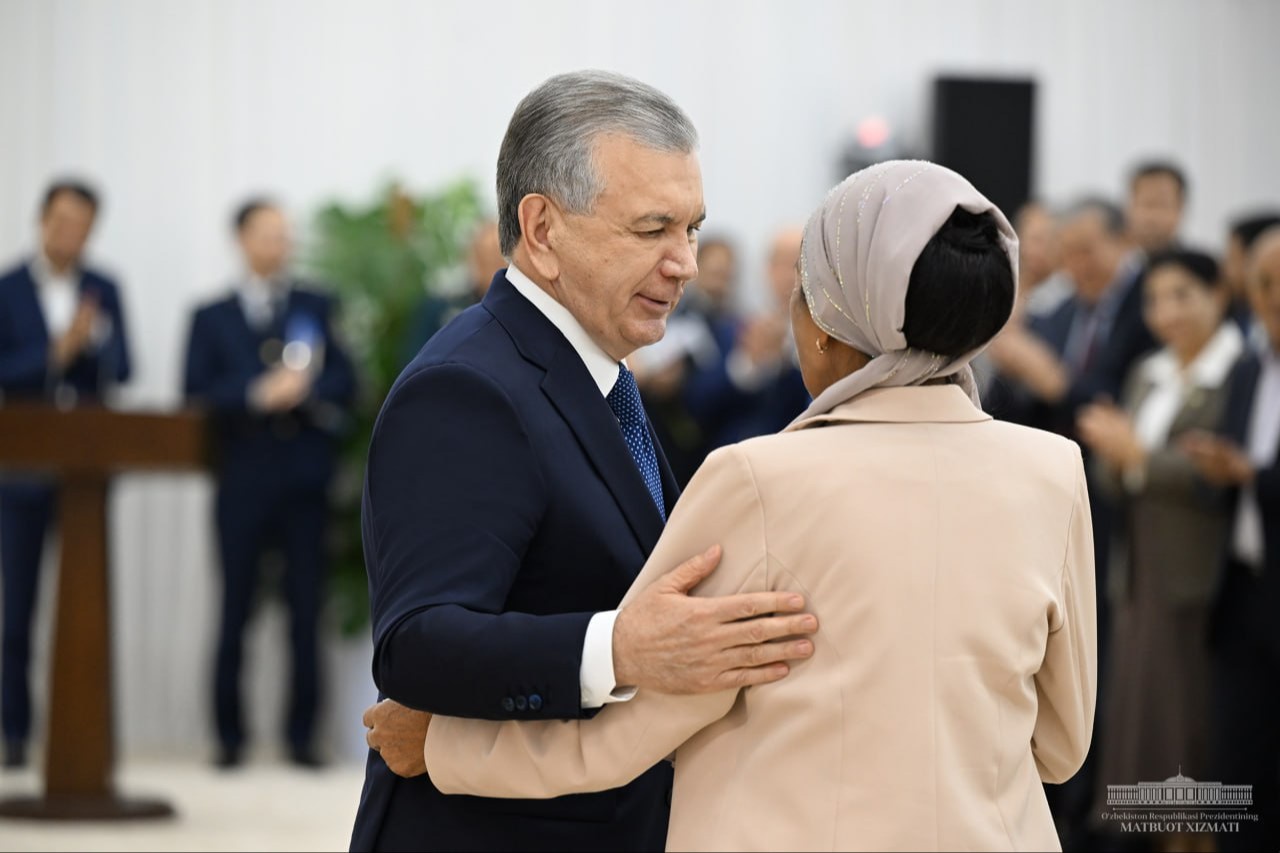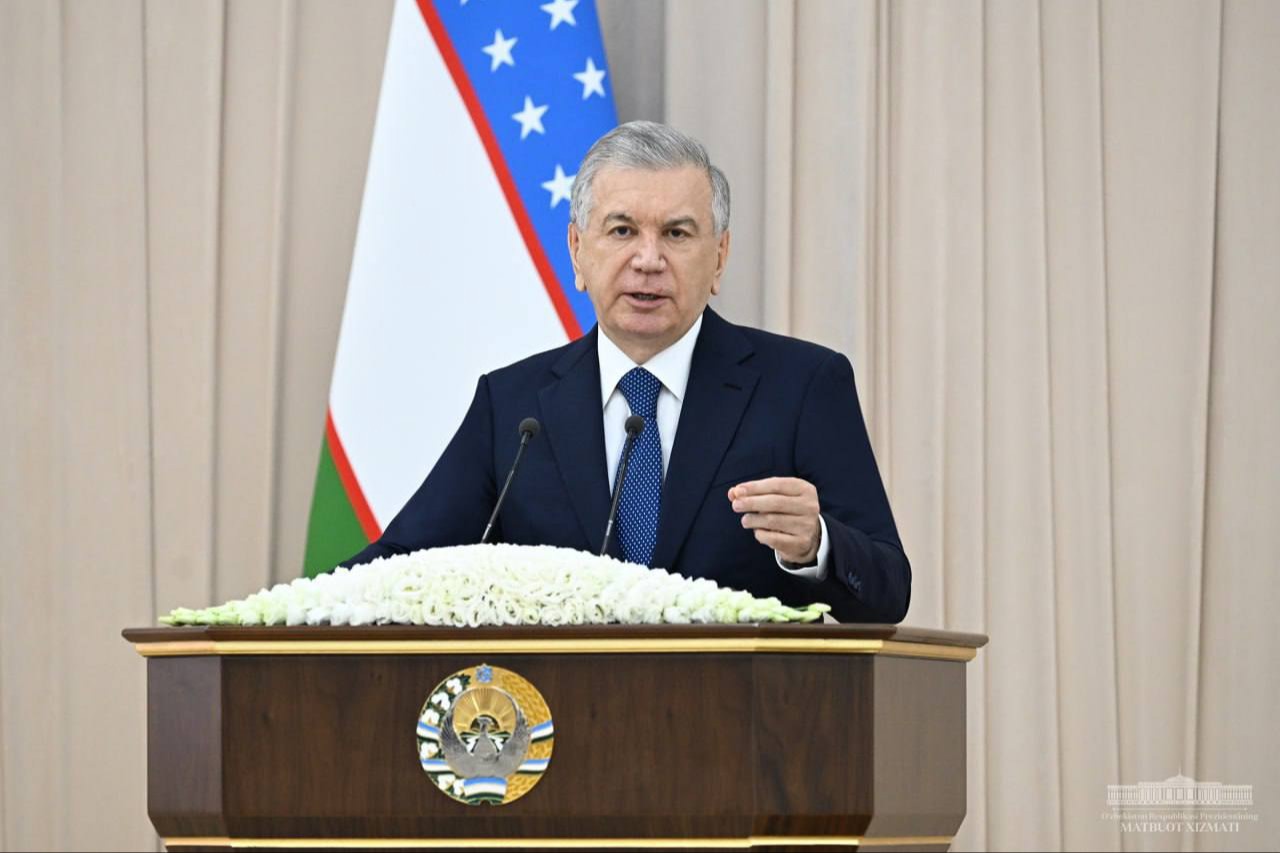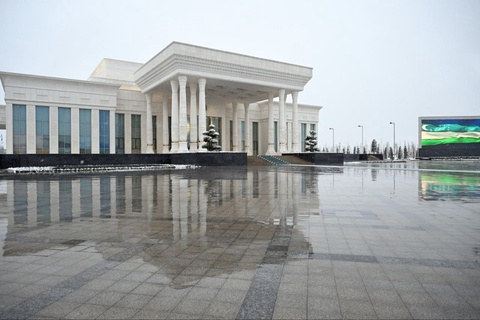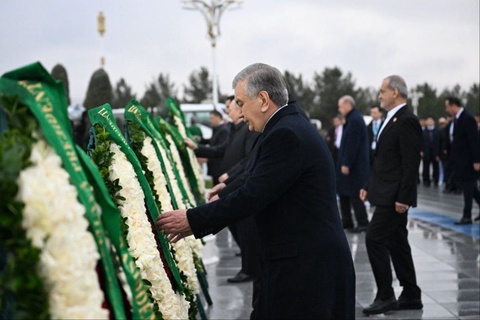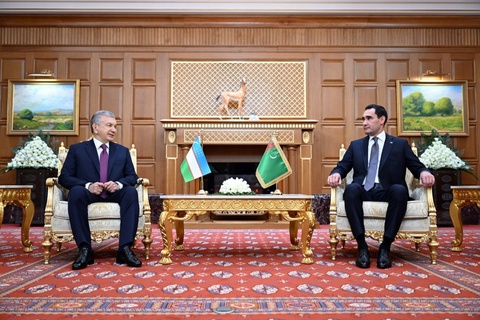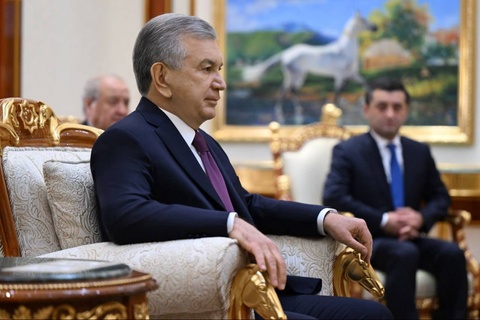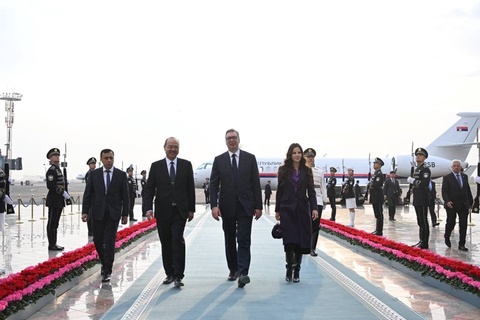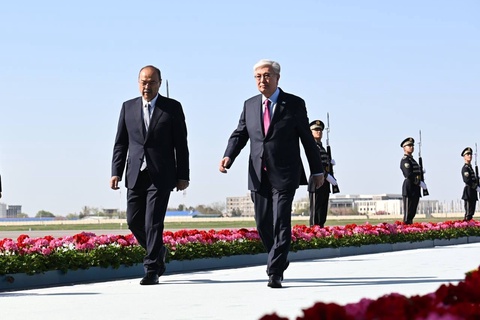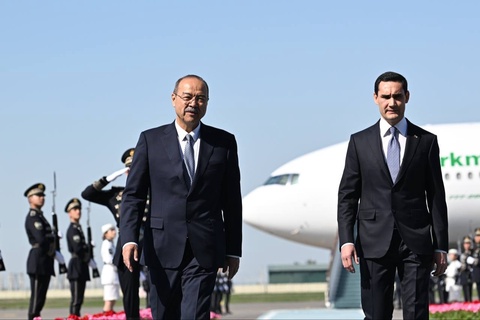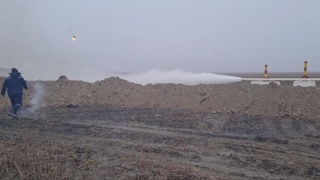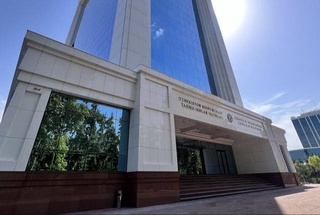President Shavkat Mirziyoyev analyzed the region’s socio-economic results in detail and pointed out additional opportunities.
Significant changes have occurred in Tashkent region over the past seven years. The region’s economy has grown by 1.5 times, last year added value was created for 119 trillion UZS, the number of entrepreneurs increased by 16 thousand, 170 thousand permanent jobs were created. 826 new industrial enterprises worth $6 billion were launched, and exports worth $5 billion were carried out. As a result, 70 thousand families have been lifted out of poverty over the past four years, and 19 thousand this year.
Tashkent region ranks first in the country regarding the number of districts and cities. About 10 thousand people work in government agencies in the region. There are 6,123 members of the “mahalla of seven” in 1 thousand 25 mahallas. It was noted that this is a sufficient force for developing cities and villages, raising the population’s standard of living using internal capabilities.
Opportunities have been identified to attract an additional $13 billion in investments, create 500 thousand jobs, and bring 3.5 trillion UZS to the budget. It was noted that to turn these opportunities into results, separate decisions of the hokimiyat will be made for each of the 22 districts and cities.
Interest in entrepreneurship is growing every day in the region. Enterprises of the capital are also looking for a place in Tashkent region due to the proximity of infrastructure, low cost of land, property tax and labor. In this regard, it was emphasized that Tashkent, Qibray, Zangiata, Yuqorichirchiq, Urtachirchiq districts, and the cities of Chirchiq and Nurafshan should develop in harmony with the districts of the capital.
For example, an industrial technology park will be created on 97 hectares in Tashkent district. It will host high-value-added projects worth $350 million involving entrepreneurs and banks. The area also offers the opportunity to build multi-story buildings, new sanatoriums, sports and entertainment facilities.
The share of the cities of Angren, Almalyk, Akhangaran, Pskent, and Akhangaran districts in the region’s industry is 50 percent. They are located nearby and are rich in raw materials. It was noted that a completely new system – the Industrial Triangle program – will be implemented to organize production in these cities and districts based on cooperation and clusters.
There are 1,100 enterprises in this region. Due to new projects, their number will reach 1.5 thousand within 2-3 years. As a result of cooperation, transportation and production costs will decrease.
For example, the Almalyk plant purchases products for 9 trillion UZS annually. This is an excellent opportunity for five nearby cities and districts.
It was emphasized that by the end of the year, it is possible to increase the volume of foreign investment to $2 billion, export to $1.5 billion, complete 661 projects, and create 30,000 new jobs.
The task was set to conduct a thorough analysis of demand in mechanical engineering and develop a three-year program to expand localization and strengthen cooperation with large enterprises.
There is a lot of land and water in Tashkent region. However, the average income per hectare is lower than in other regions. Over the past three years, 21 thousand hectares of land in the region have been transferred to 57 thousand residents for farming.
The export of fruit and vegetable products did not reach last year’s level. Due to the inefficiency of 2,200 hectares of gardens and vineyards, exports worth $10 million are lost annually. Tashkent region ranks last in terms of implementing water-saving technologies.
Due to these and other shortcomings, the deputy hokim of the region for agriculture was dismissed from his post.
It was noted that, based on the new gardening system, raspberry and blueberry plantations will be created on the foothill lands in Akhangaran and Bostanlyk, vineyards and cherry orchards in Parkent and Akhangaran. Pomegranate juice production will be established in Angren, and plum processing in Akhangaran district.
This year, families in Tashkent region will receive an additional 5,000 hectares of land for farming and gardening.
An order was given to make the region a model in horticulture and to increase exports to $300 million.
Poverty reduction issues were also analyzed at the meeting.
Today, there are 63 thousand low-income families left in Tashkent region, of which 190 thousand members are non-disabled. Within the framework of the program “From Poverty to Prosperity”, it is planned to lift 116 thousand residents of the region out of poverty next year.
But this is not enough. For example, Tashkent region ranks last in the country regarding population employment through small businesses. Only 25 percent of the region’s industry is small business. In this regard, instructions were given to develop entrepreneurship and create sources of income for the population.
For this, the task has been set to employ 27 thousand low-income people within a year based on the experience of Saykhunabad, 8.5 thousand – based on the experience of Zarbdor, 39 thousand – based on the experience of Uychi, 10 thousand – based on the experience of Gijduvan.
The allocation of 1 trillion UZS of preferential loans and 32 billion UZS of subsidies for small business projects will attract 30,000 people to entrepreneurial activity.
Recently, the number of people who left Tashkent region for low-paid jobs abroad has decreased by 30 thousand. However, it was noted that 158 thousand citizens are still working abroad.
The Migration Agency’s activities will be improved, and new approaches will be introduced to provide the population with safe and well-paid work. People who have returned from seasonal work abroad and want to leave again will be trained in highly paid professions, and those who already have a profession will be taught foreign languages.
With its beautiful nature and convenient infrastructure, Tashkent region has high tourism potential. However, due to the fact that demand exceeds supply, prices for tourism services are high. It was noted that there is an opportunity to increase the number of tourist sites, double the volume of services, and attract 10 million tourists. Responsible persons were instructed to form projects for $1.5 billion for the next year.
Issues of preparation for the winter season and energy consumption were also considered at the meeting. Instructions were given to replace energy-intensive equipment at large enterprises and provide heat to mahallas.
Hokims of Tashkent region, cities and districts, and industry leaders presented information on work plans. The Head of state held a sincere dialogue with representatives of the population.



